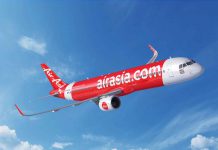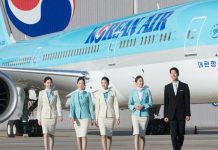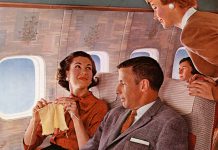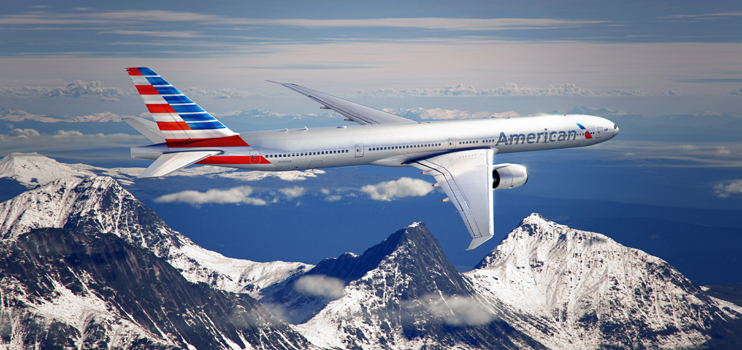It’s going to take a while to fully fashion the world’s largest airline, to mesh the mechanics of merger and align passenger perks. Still, the process has begun as the US Airways brand (but certainly not its management team) slowly vanishes from view and American stands ascendant.
It’s US Airways’ top management that will largely call the tune for the megacarrier. One of the first things they did was roll out some first phase steps, passenger-facing measures designed to cater to customers. Here are a few that are in effect now:
– American AAdvantage and US Airways Dividend Miles frequent flyer members can now earn and redeem miles when traveling on either carrier’s routes;
– Elite members of each of those programs get reciprocal perks such as First and Business Class check-in, priority security and priority boarding, complimentary access to Preferred Seats, priority baggage delivery and no-charge checked luggage;
– American Admirals Club members and flyers belonging to the US Airways Club now have mutual access to each other’s airport enclaves.
As things progress, look for co-location of airport ticket counters in key markets such as Miami and Phoenix. All-important upgrade rules are going to be harmonized too.
Another change you’re going to want to know about is US Airways’ exit from the Star Alliance. That happens March 30. It joins the oneworld alliance March 31. American is a key player in oneworld.
The marriage of the two airlines begets a megacarrier of great girth. Consider, together they operate an average of almost 6,700 daily flights to 339 destinations in 54 countries.
The emergent airline’s sheer size, its market penetration (despite divestiture of critical takeoff and landing slots at Reagan Washington National and New York LaGuardia) concerns some observers. They feel the result will be diminished competition.
At least one prominent airline observer feels otherwise. “Over the next five years we can expect to see additional market entry from start-up [airlines] who are going to take advantage of consolidation opportunities,” contends Josh Marks, CEO of masFlight, an aviation consultancy. “History proves that when airlines consolidate service, that sets up new opportunities for new-entrants.”
Marks believes the American/US Airways merger is probably the last of its kind we’ll witness, at least for a while. The U.S. skyscape should soon be dominated by a trio of so-called U.S. “network” carriers – American, Delta and United.
Southwest is the last member of the so-called “Big Four.” But it’s those anticipated new-entrants, along with more airport access by existing low-cost carriers, that Marks maintains will spark more consumer-friendly competition.
Time will tell whether he’s on the mark. This much is sure: the planet’s biggest airline is emerging before our eyes. Don’t blink.
























